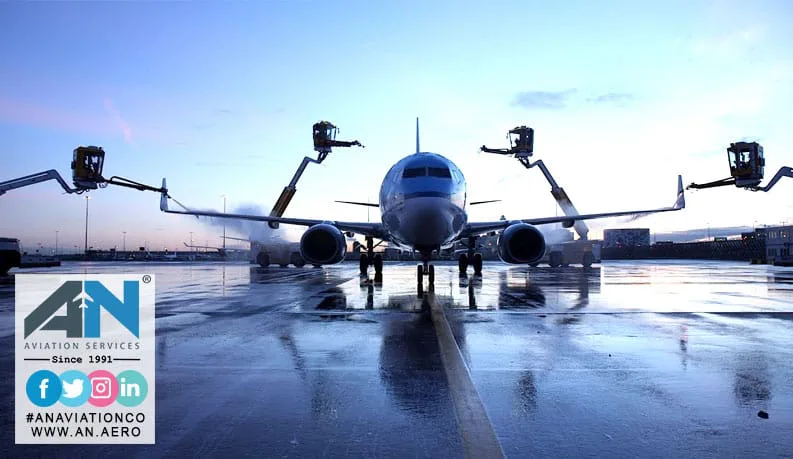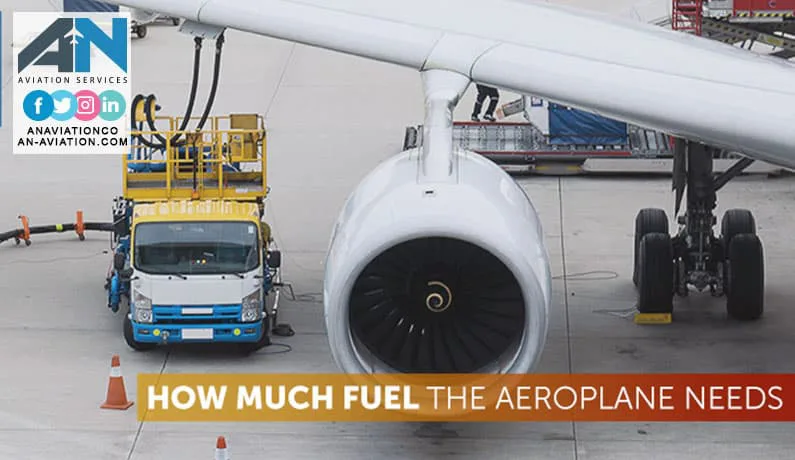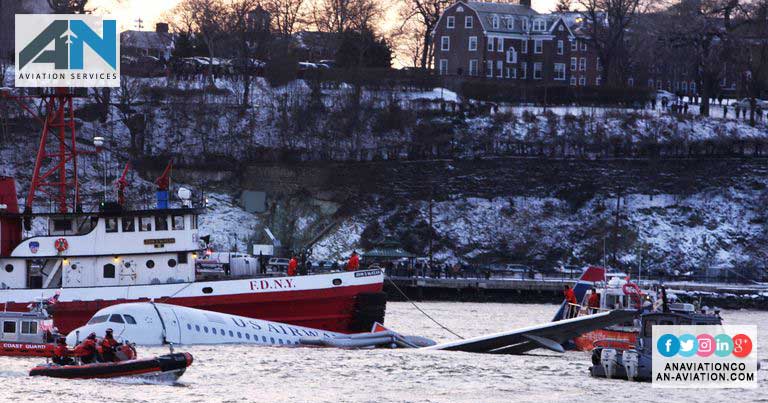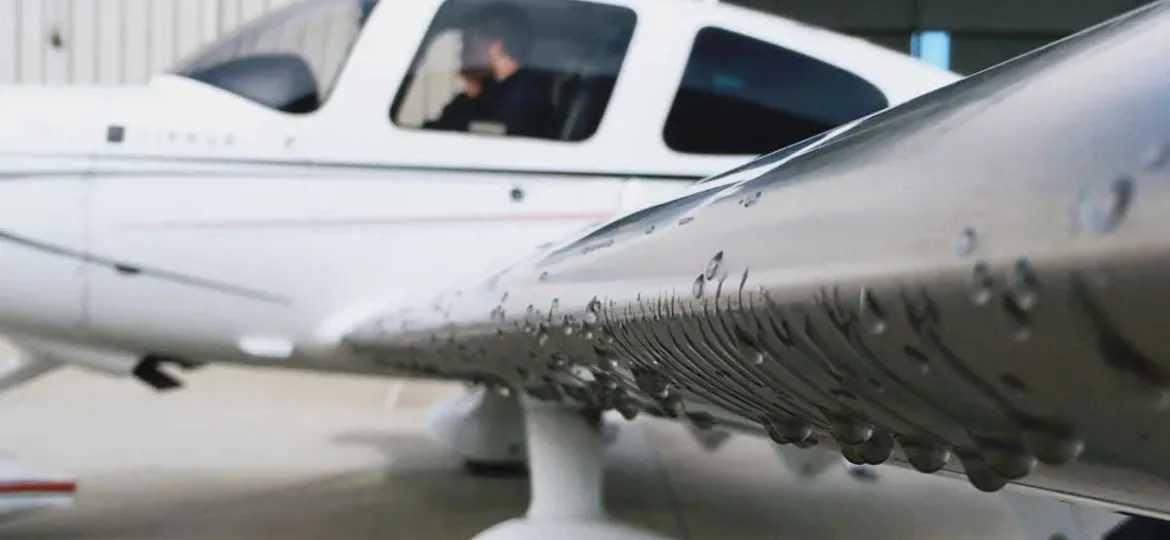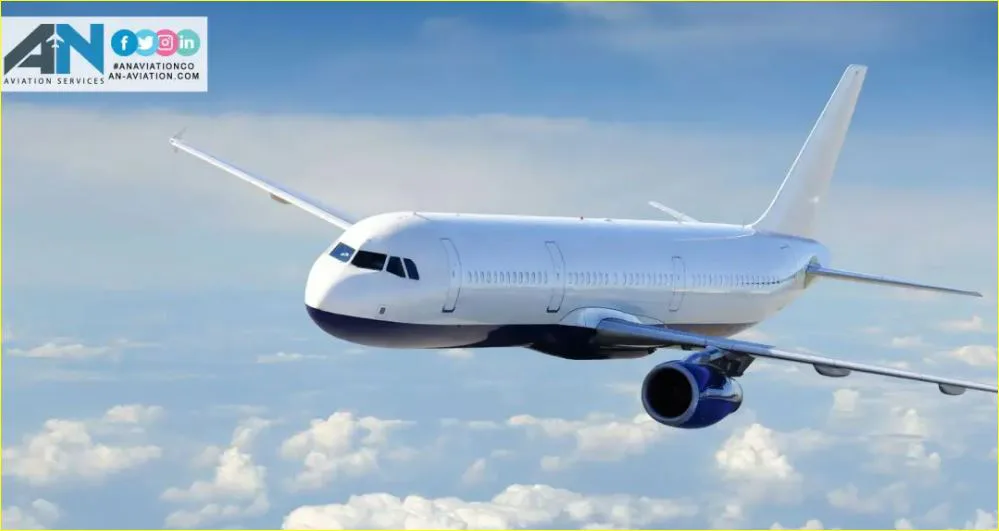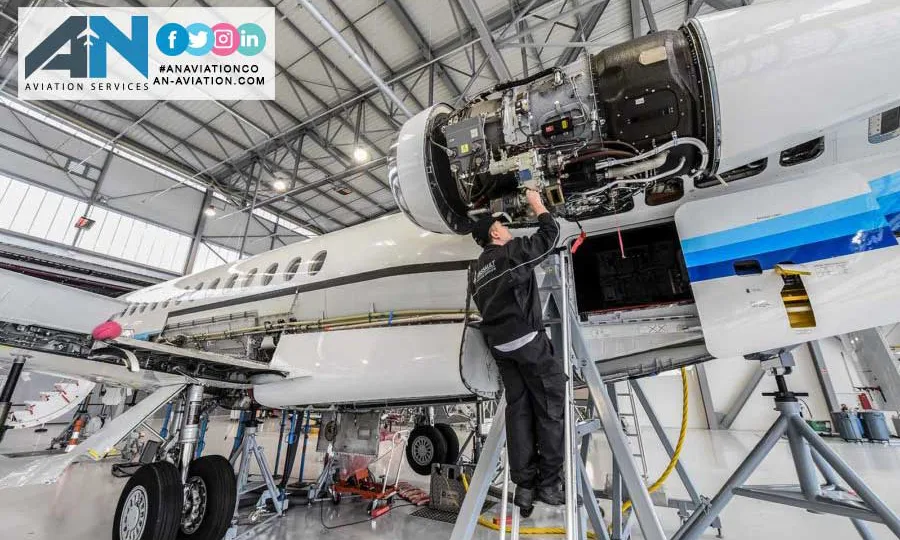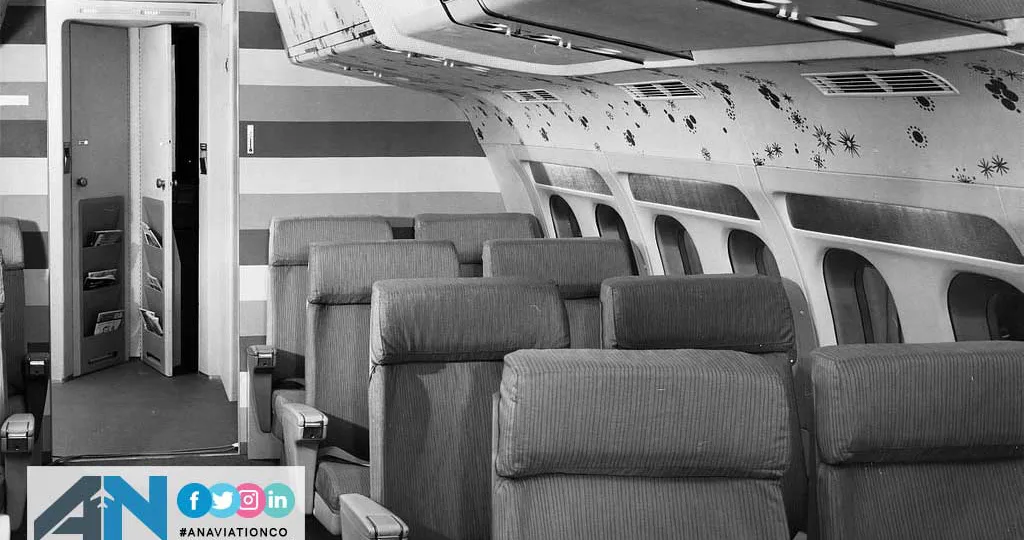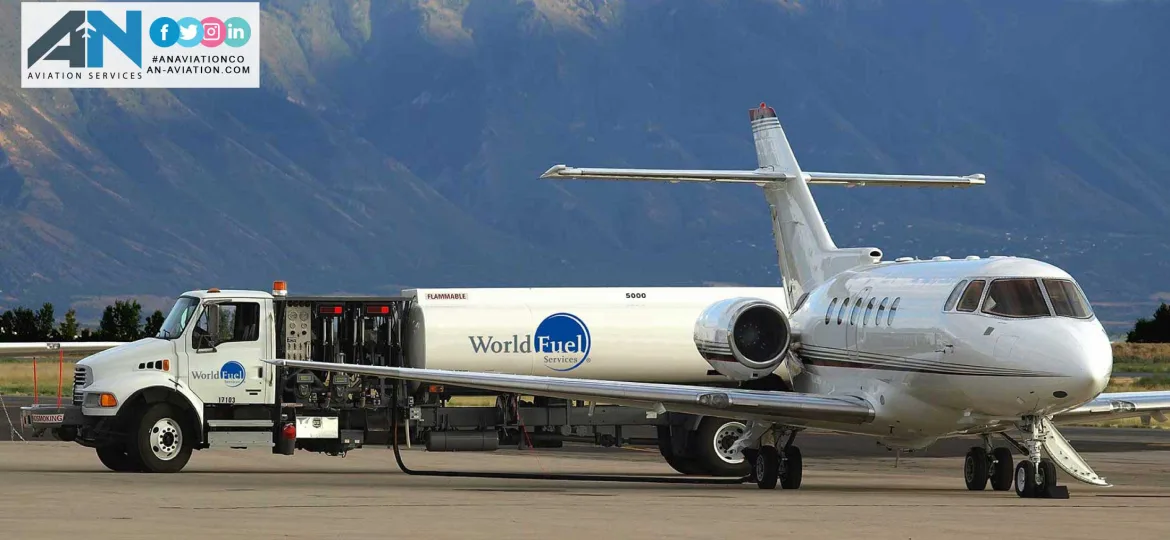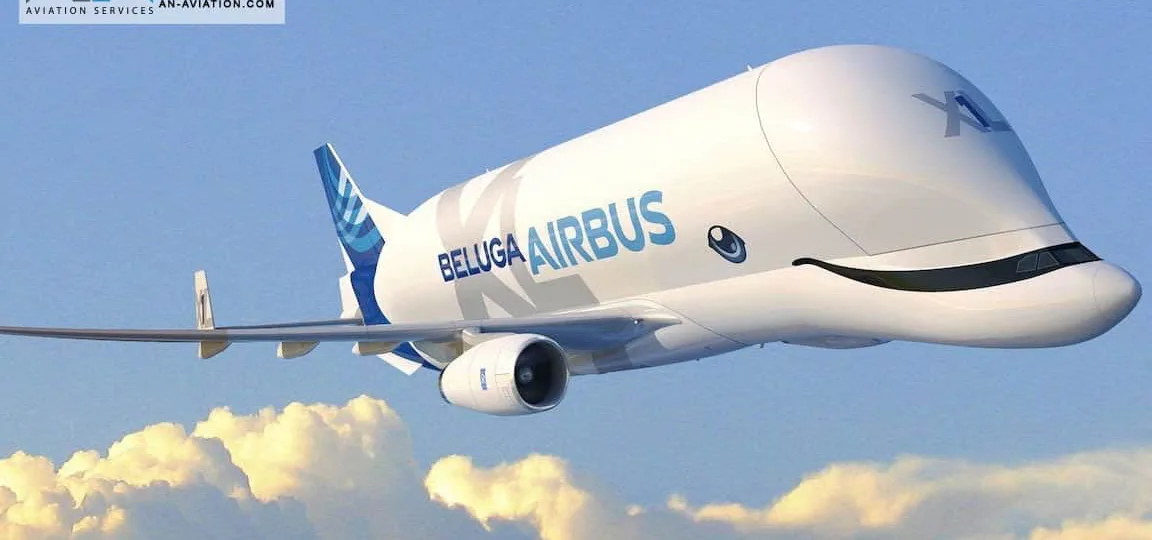Flying in winter weather presents unique challenges for aircraft, particularly due to the formation of ice on critical surfaces like the wings, tail, and engine inlets.
Aircraft
Aircraft marshalling is a method of guiding aircraft on the ground using hand signals, often performed by a ground crew member known as a marshaller.
One of the most essential and carefully calculated aspects of aviation is fuel management. The amount of aeroplane fuel required for any given flight is determined by a range of factors, from the aircraft’s type to the flight distance, weather conditions, and even the weight of passengers and cargo.
The phrase “emergency landing” might send a chill down the spine of any passenger or aviation enthusiast, conjuring images of planes descending under challenging conditions.
Flying through icing conditions presents one of the most significant challenges in aviation, requiring advanced technology and systems to ensure safety.
Every time you board a plane, settle into your seat, and prepare for takeoff, you’re stepping into a highly orchestrated process that’s been fine-tuned for safety, precision, and efficiency.
The aviation industry relies on skilled professionals to keep planes safe and operational, and one of the most vital roles in this field is that of an aircraft mechanic.
The world of aviation is a constantly evolving field where safety, comfort, and efficiency go hand in hand. Among the many advancements in the aviation industry, the transformation of the airplane interior stands out as a crucial element.
If you’ve ever wondered how much aircraft fuel is required for a flight, you’re not alone. Whether it’s a short hop between cities or a long-haul international journey, calculating fuel for an aircraft involves careful planning and precise regulations.
The Beluga Airbus—with its distinctive whale-like shape—is one of the most recognizable cargo planes in the world. Officially known as the Airbus A300-600ST Beluga, this massive aircraft was developed to transport large and heavy components.


